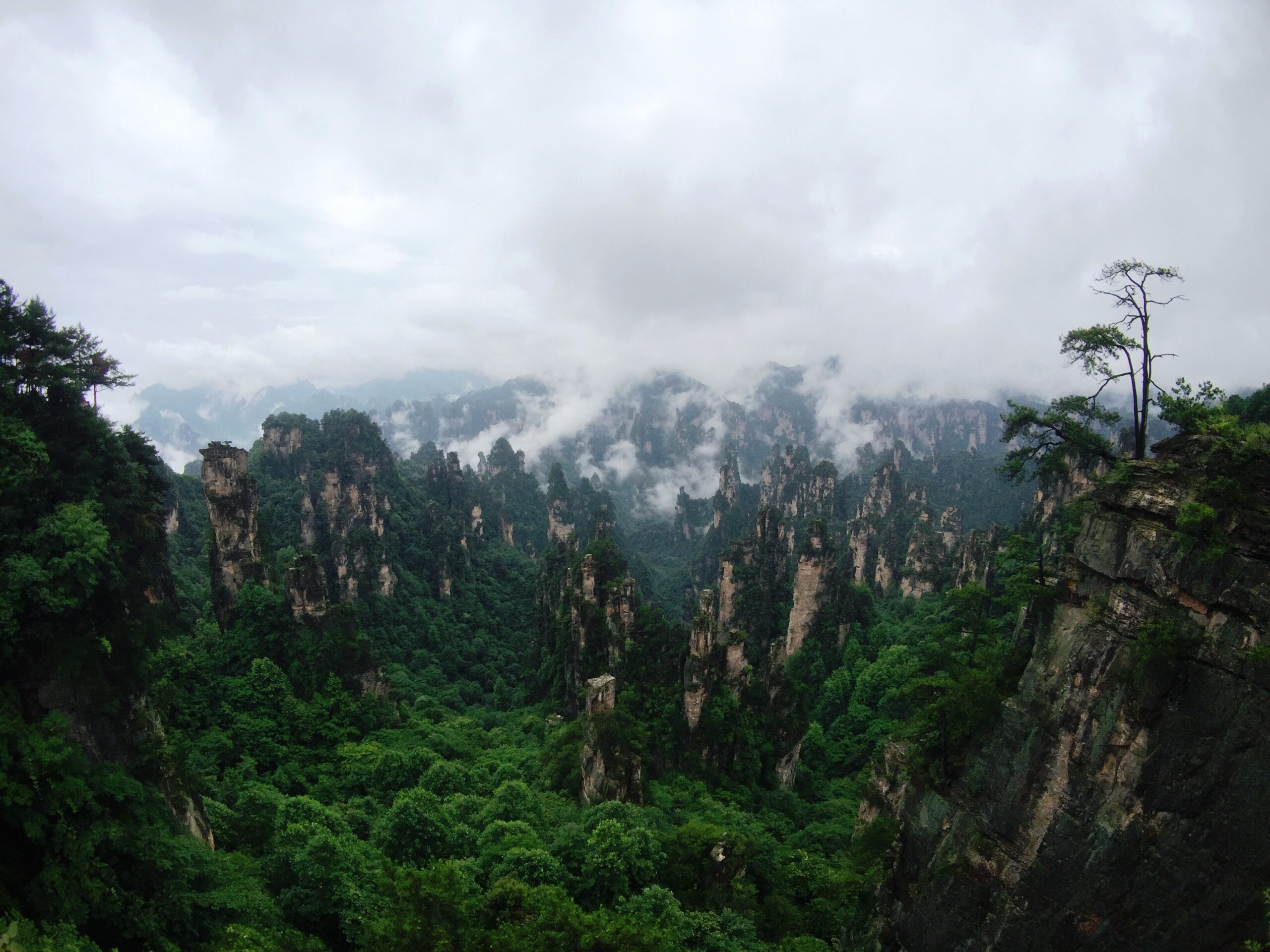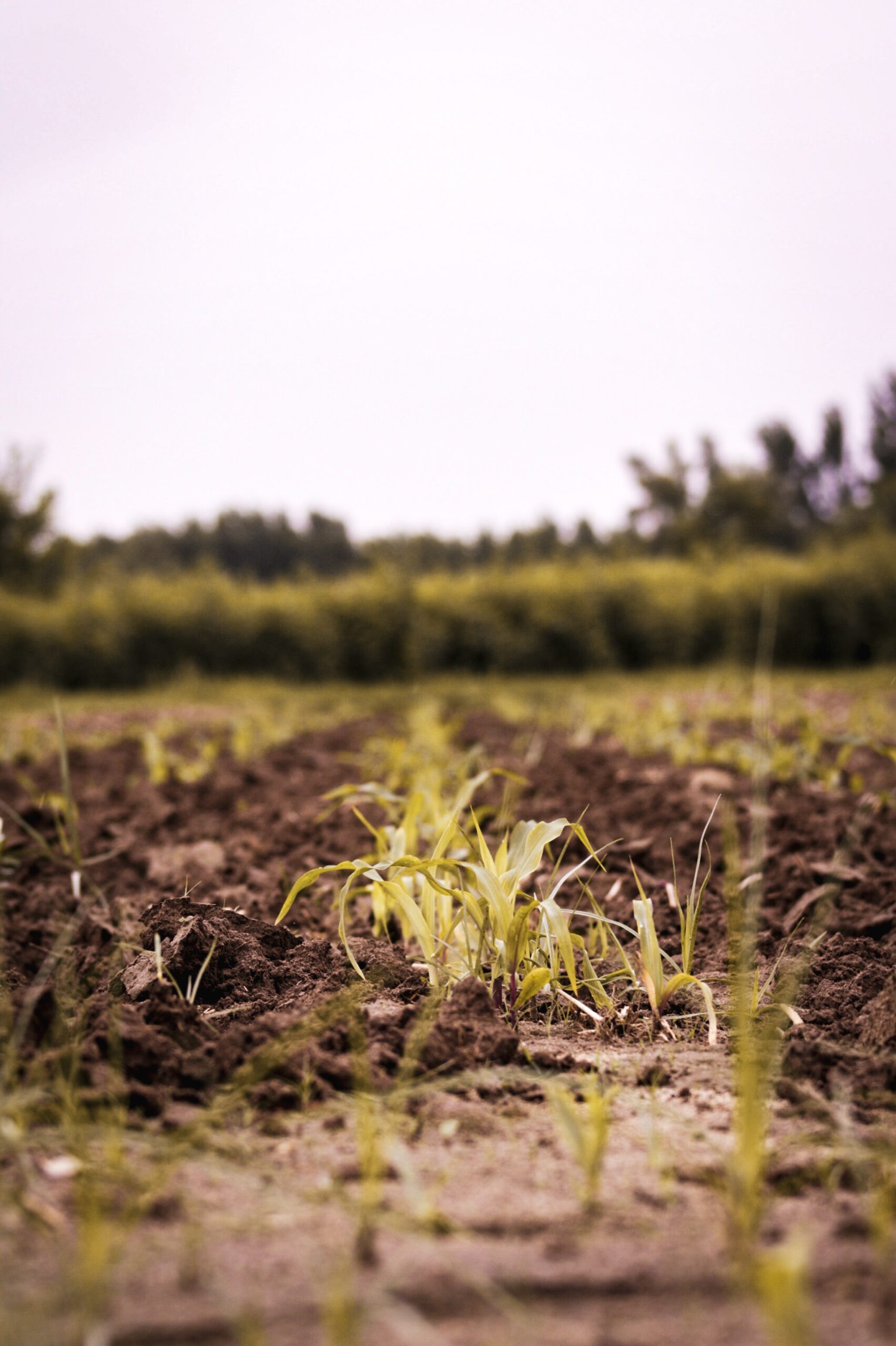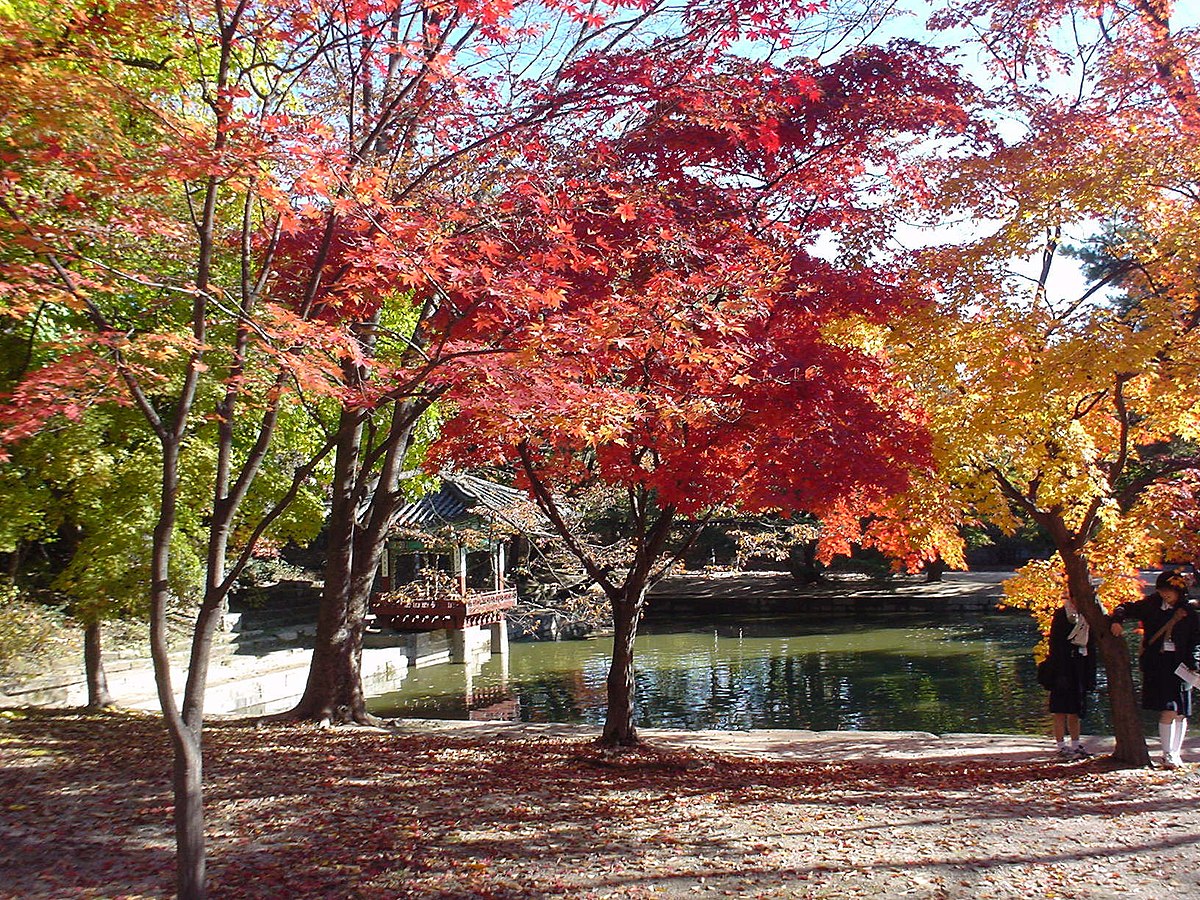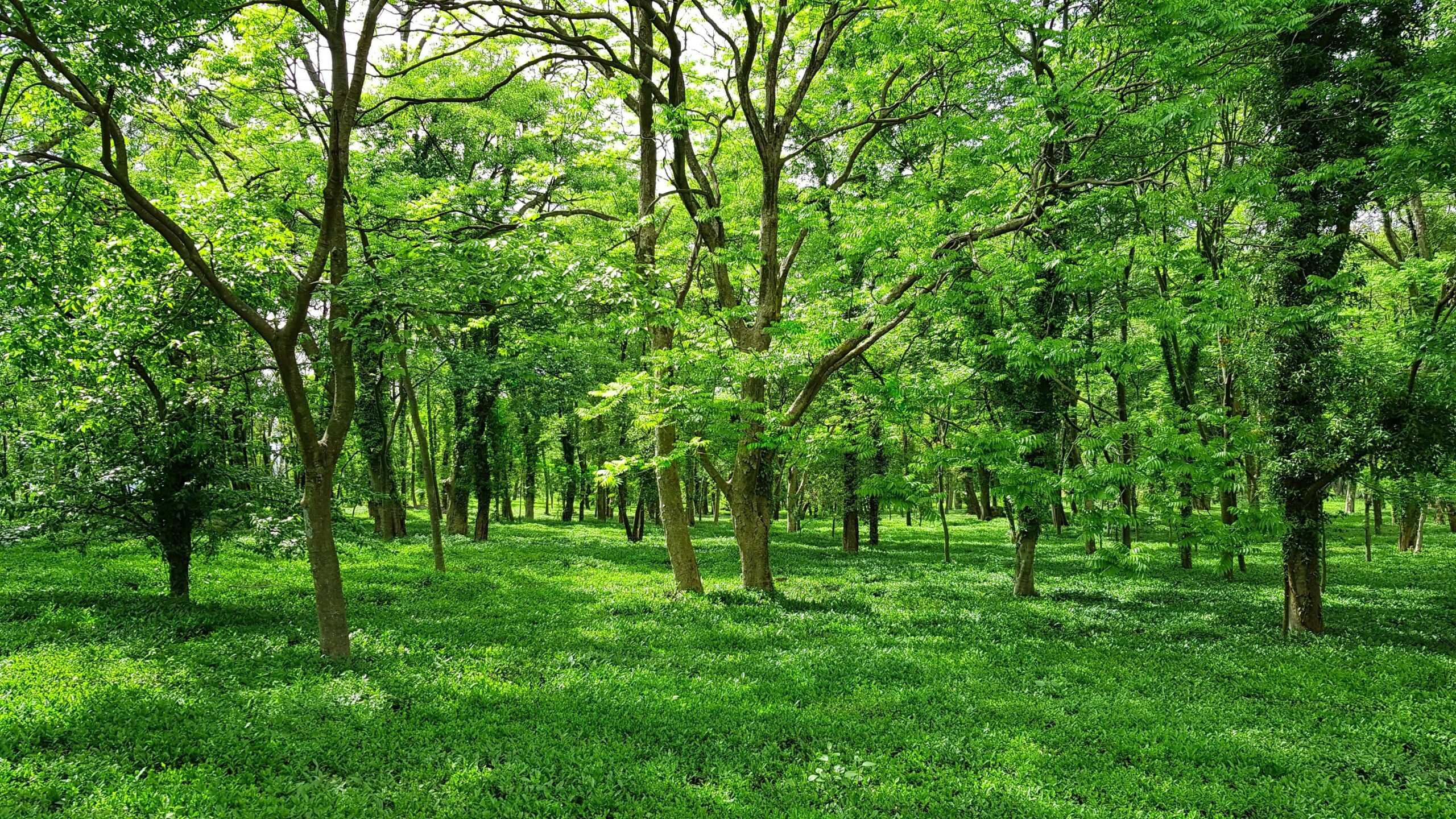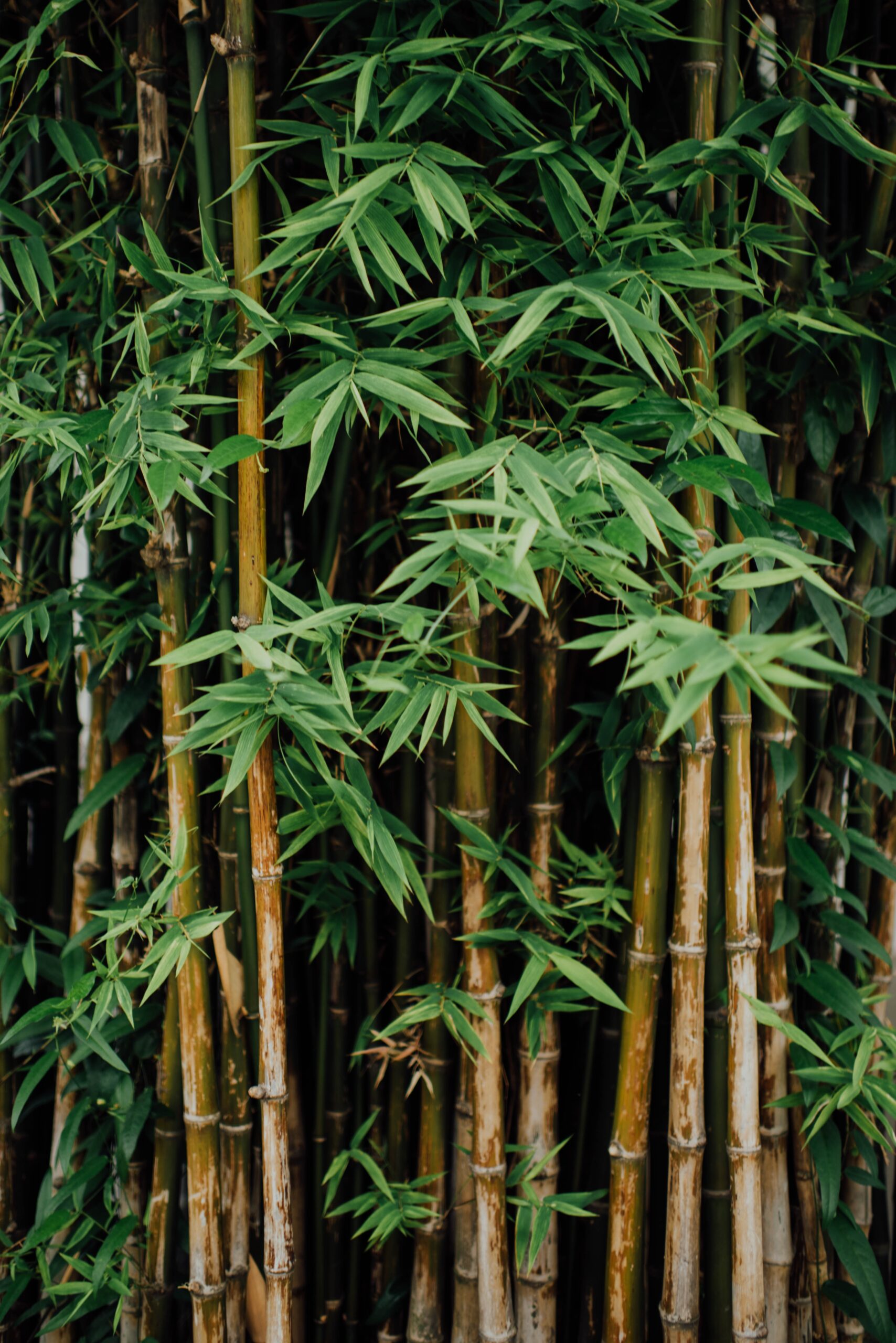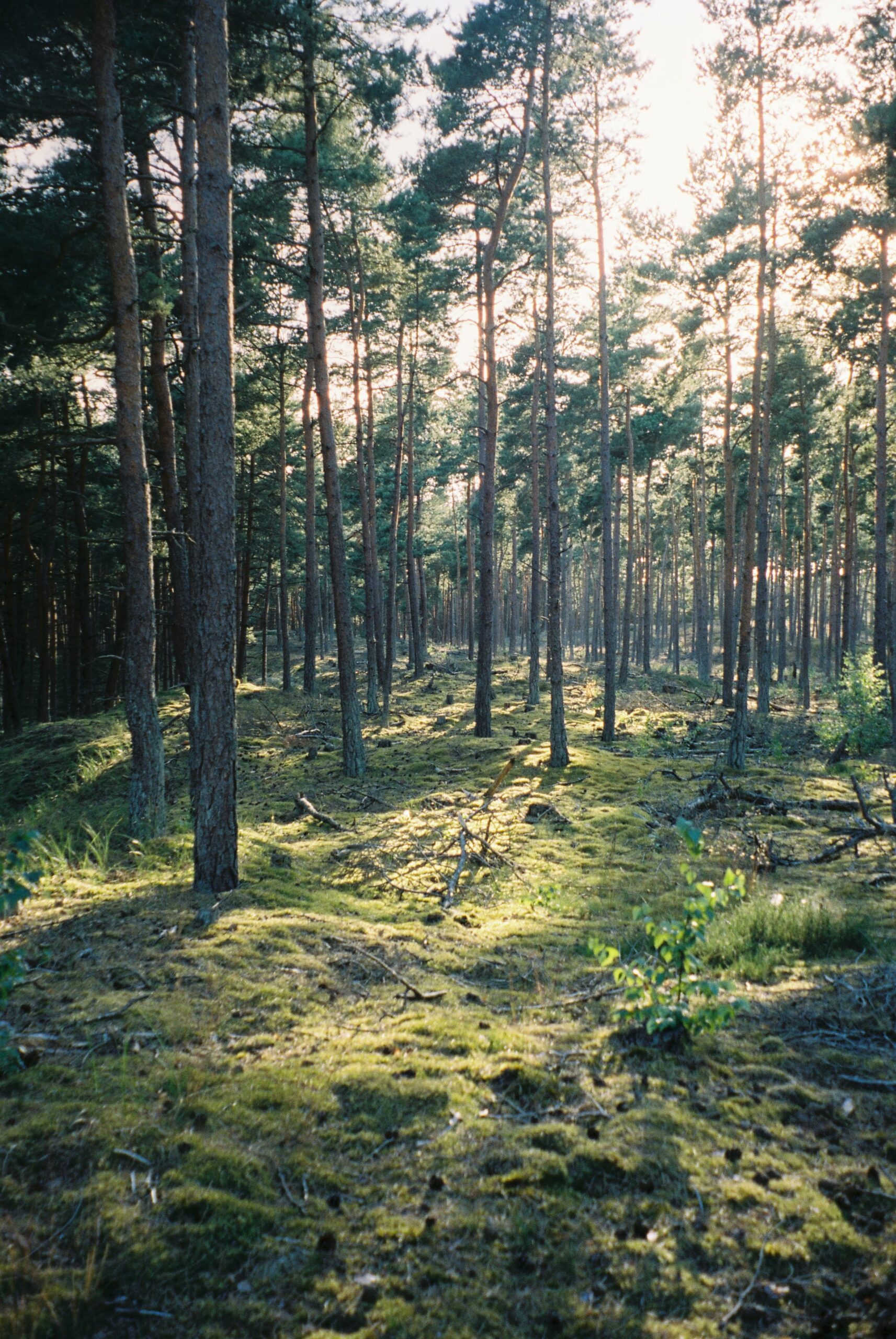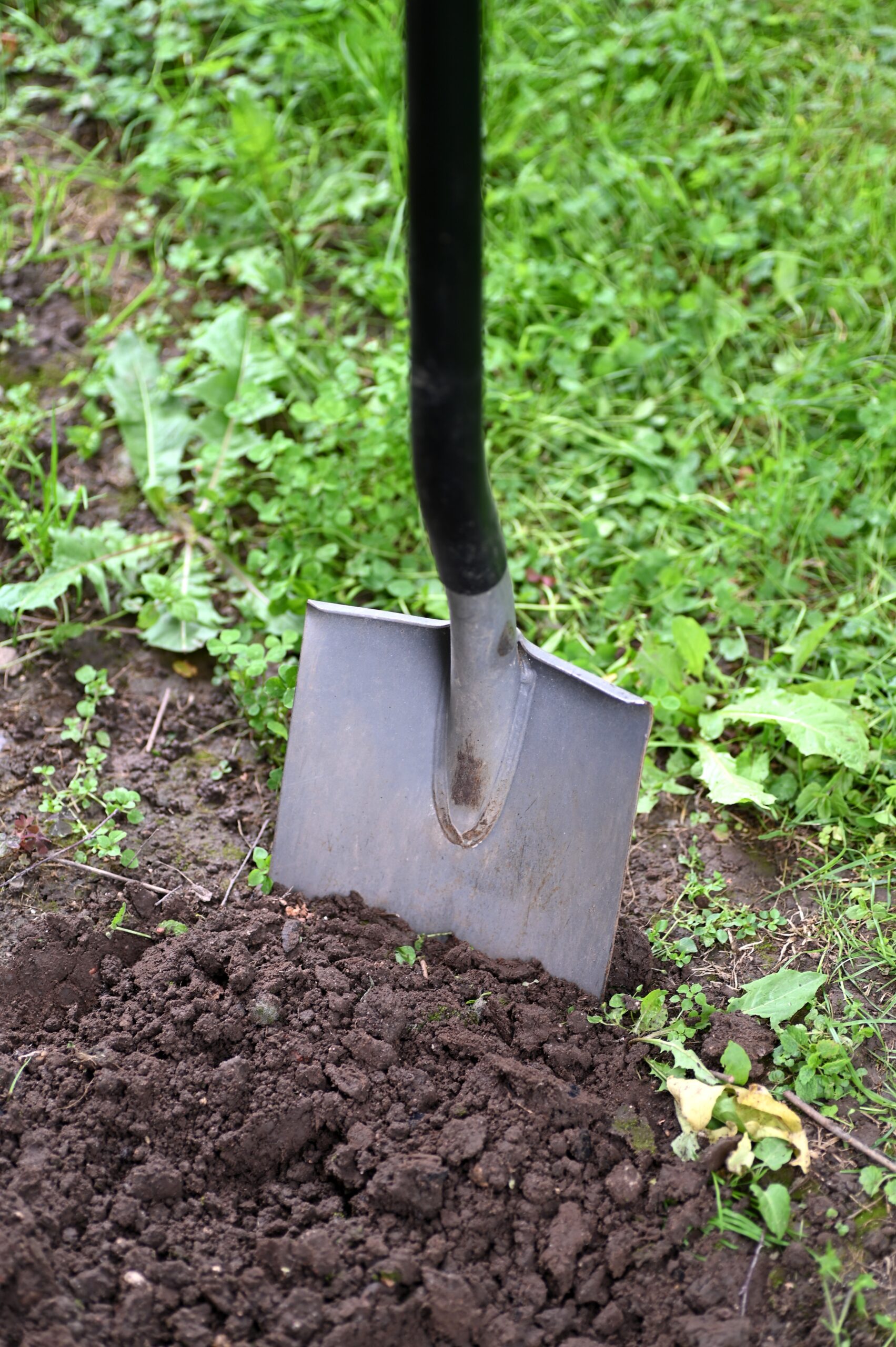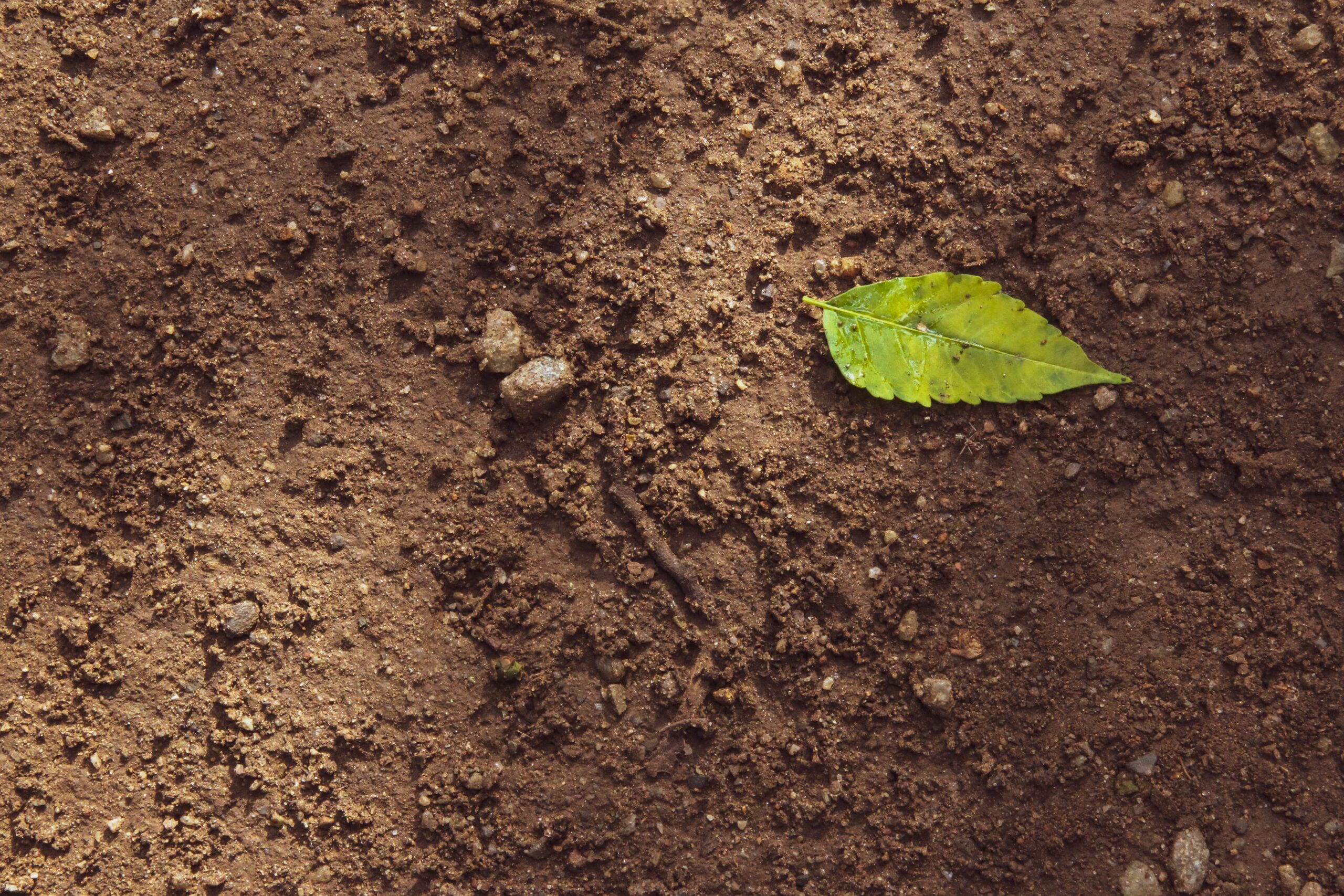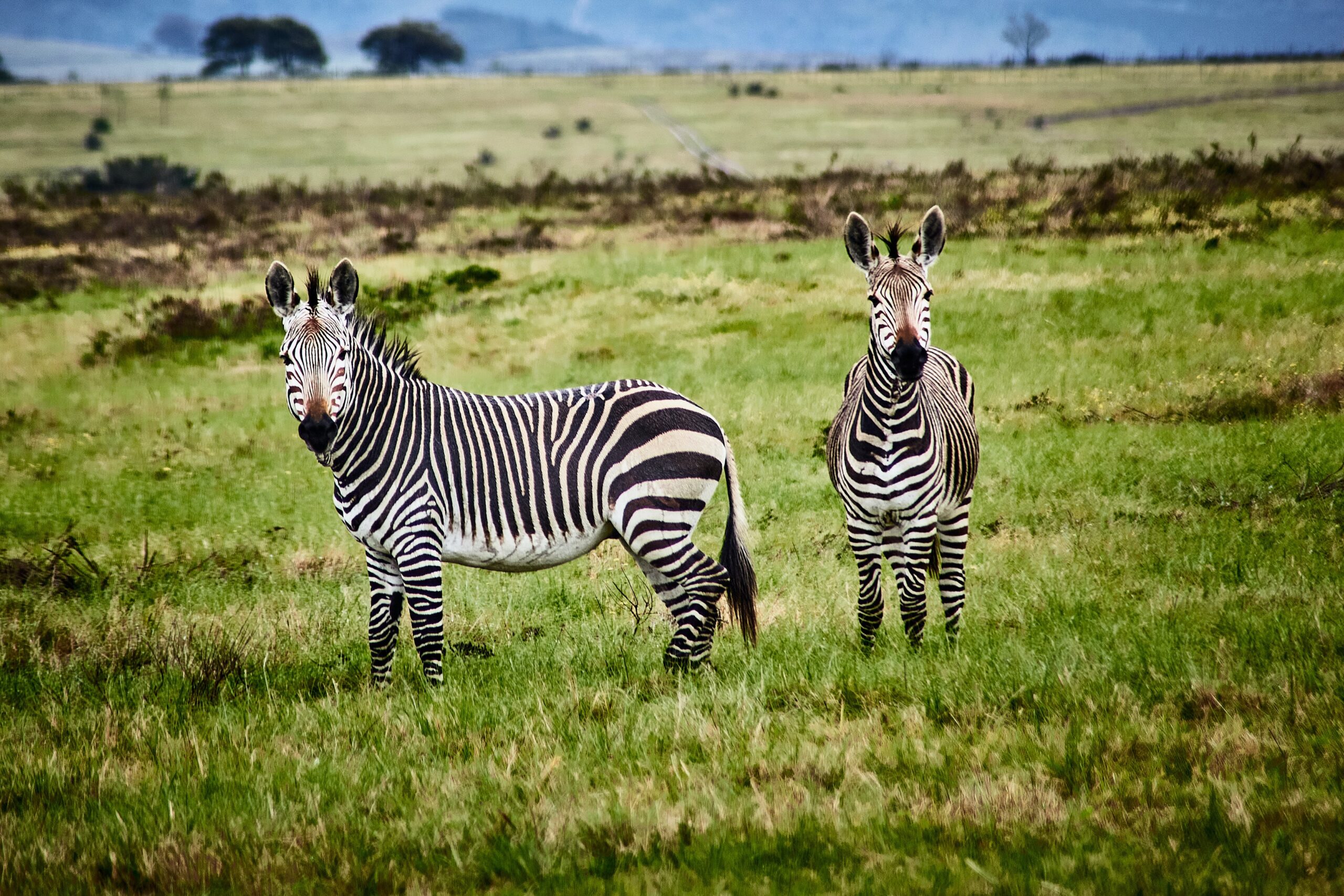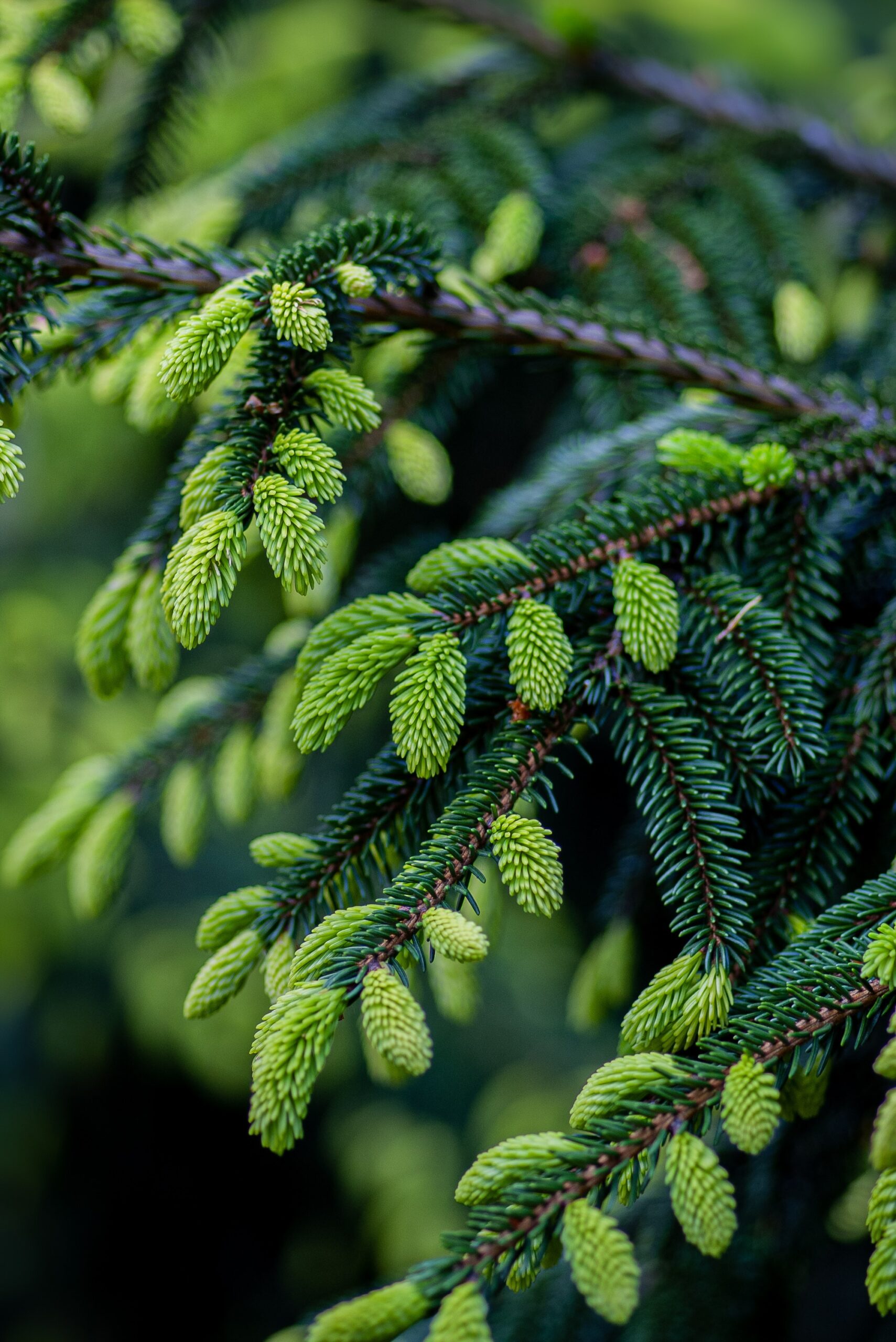Summary There is increasing evidence that restoration ecologists should be most concerned with restoring species interactions rather than species diversity per se [1]. Rewilding with taxon substitutes, the intentional introduction of exotic species to replace the ecosystem functions of recently extinct species, is one way to reverse ecosystem dysfunction following the loss of species interactions [2]. This is highly controversial [3], in part because of a lack of rigorous scientific studies [4]. Here we present the first empirical evidence of an in situ rewilding project undertaken as a hypothesis-driven ecosystem management option. On Ile aux Aigrettes, a 25-hectare island off Mauritius, the critically endangered large-fruited endemic ebony, Diospyros egrettarum (Ebenaceae), was seed-dispersal limited after the extinction of all native large-bodied frugivores, including giant tortoises. We introduced exotic Aldabra giant tortoises, Aldabrachelys gigantea, to disperse the ebony seeds. Not only did the tortoises ingest the large fruits and disperse substantial numbers of ebony seeds, but tortoise gut passage also improved seed germination, leading to the widespread, successful establishment of new ebony seedlings. Our results demonstrate that the introduction of these exotic frugivores is aiding the recovery of ebonies. We argue for more reversible rewilding experiments to investigate whether extinct species interactions can be restored.






















































































































































































































































































































































































































































































































































































































































































































































































































































































































































































































